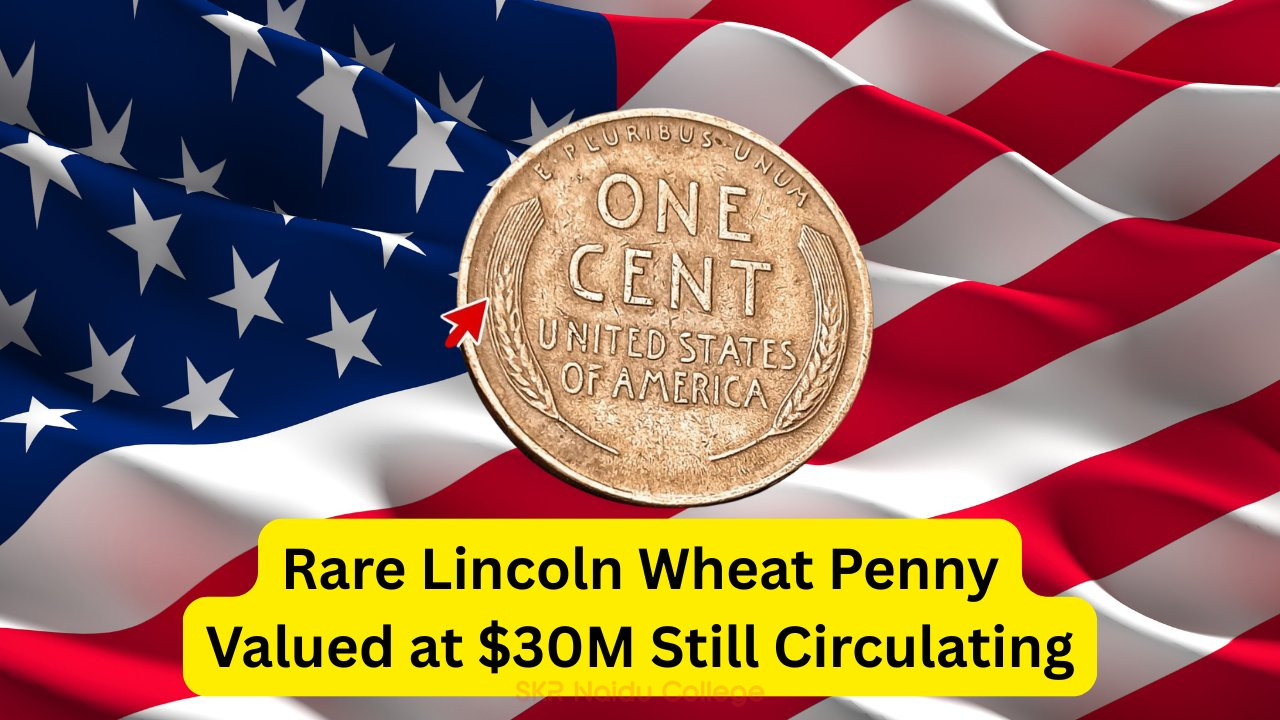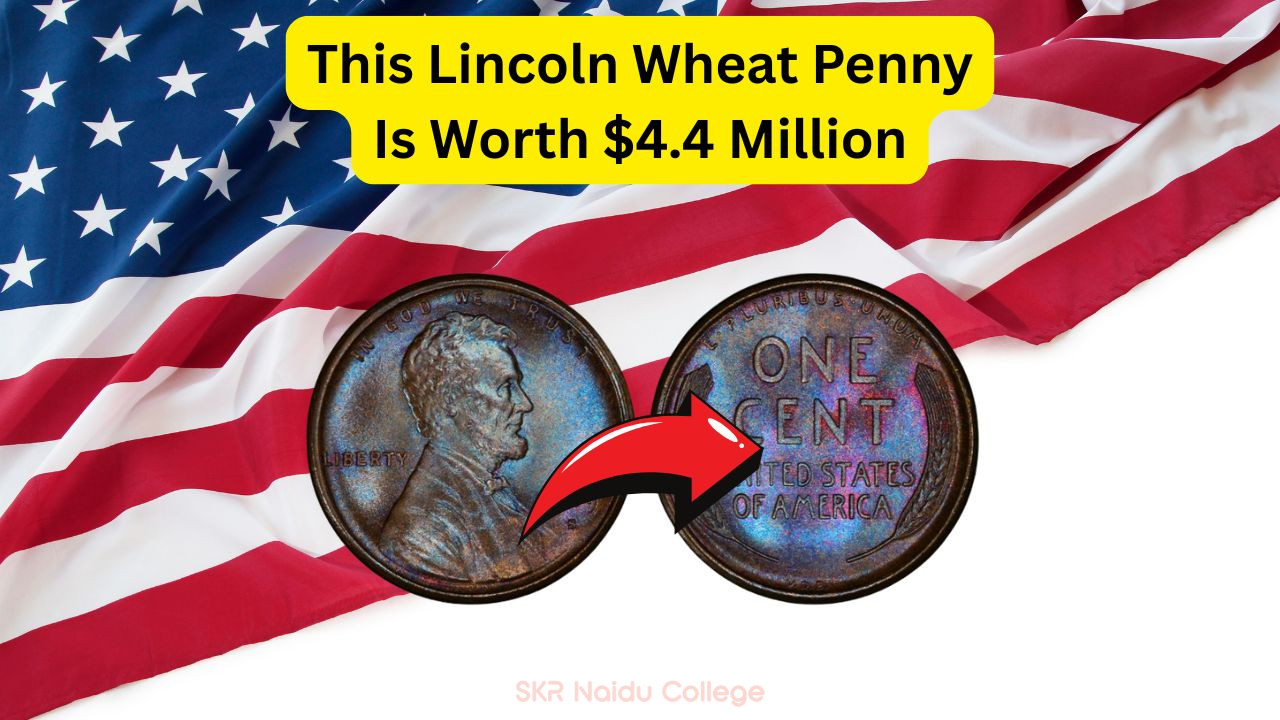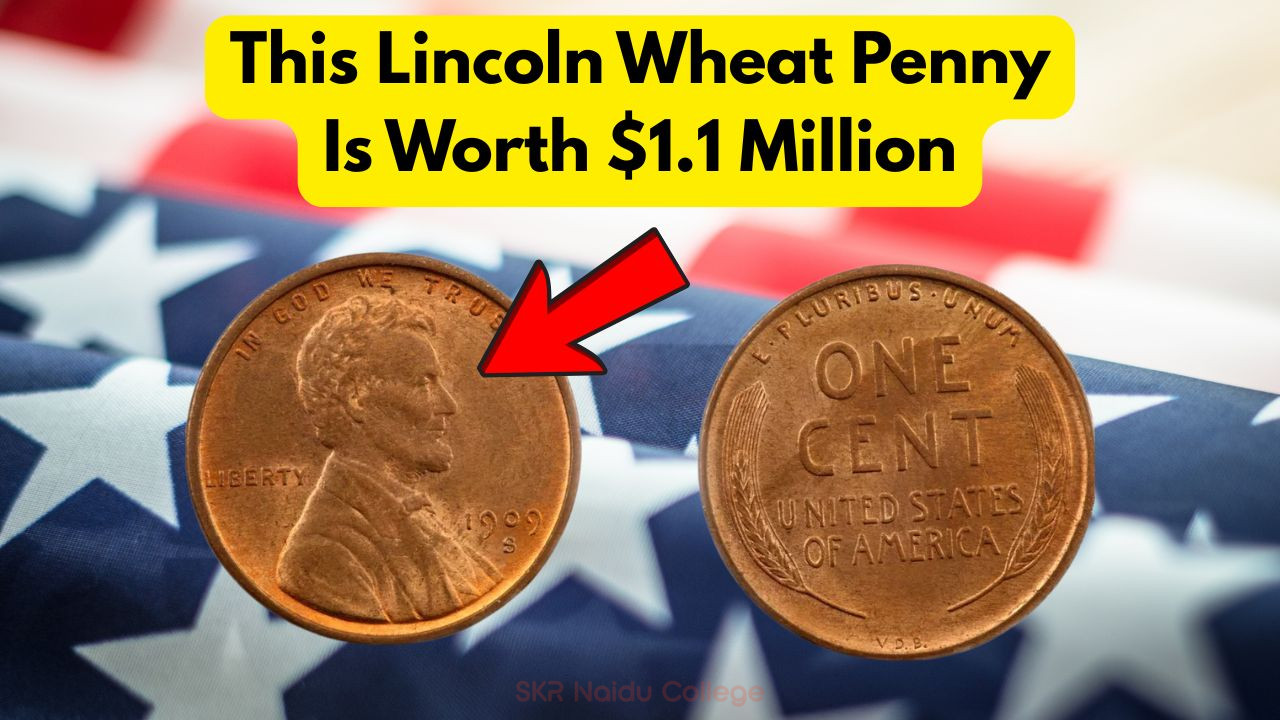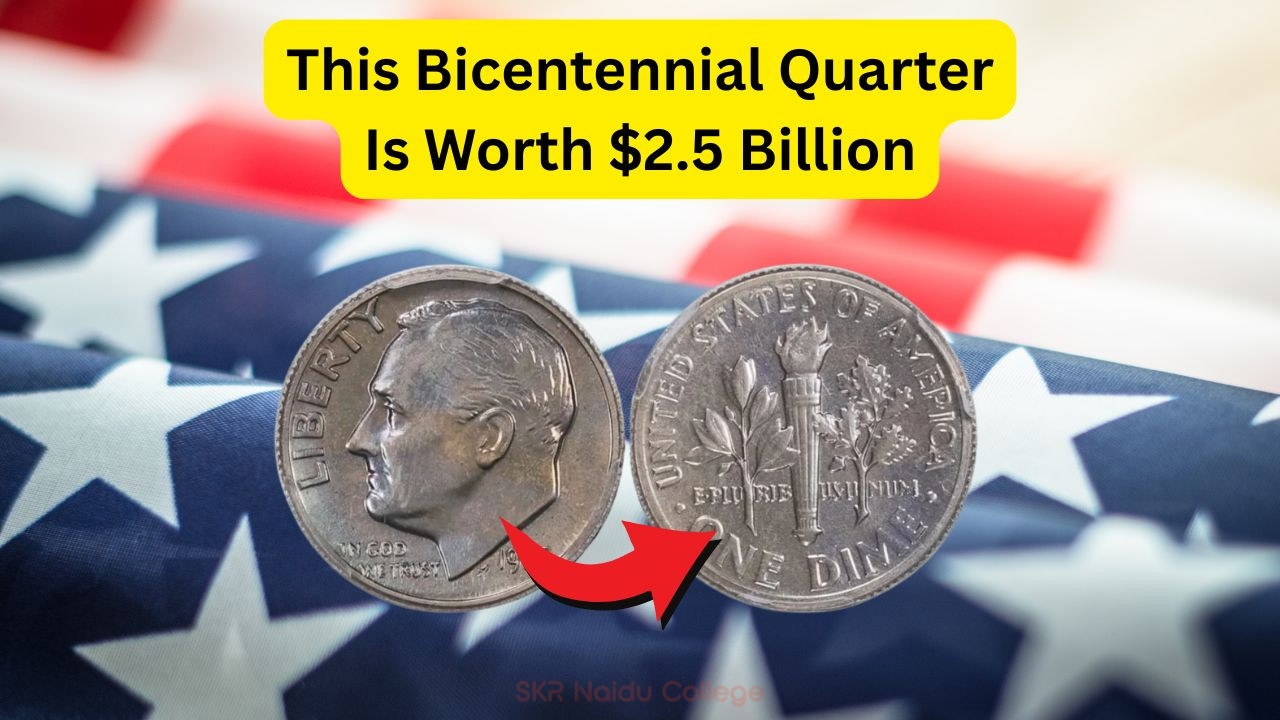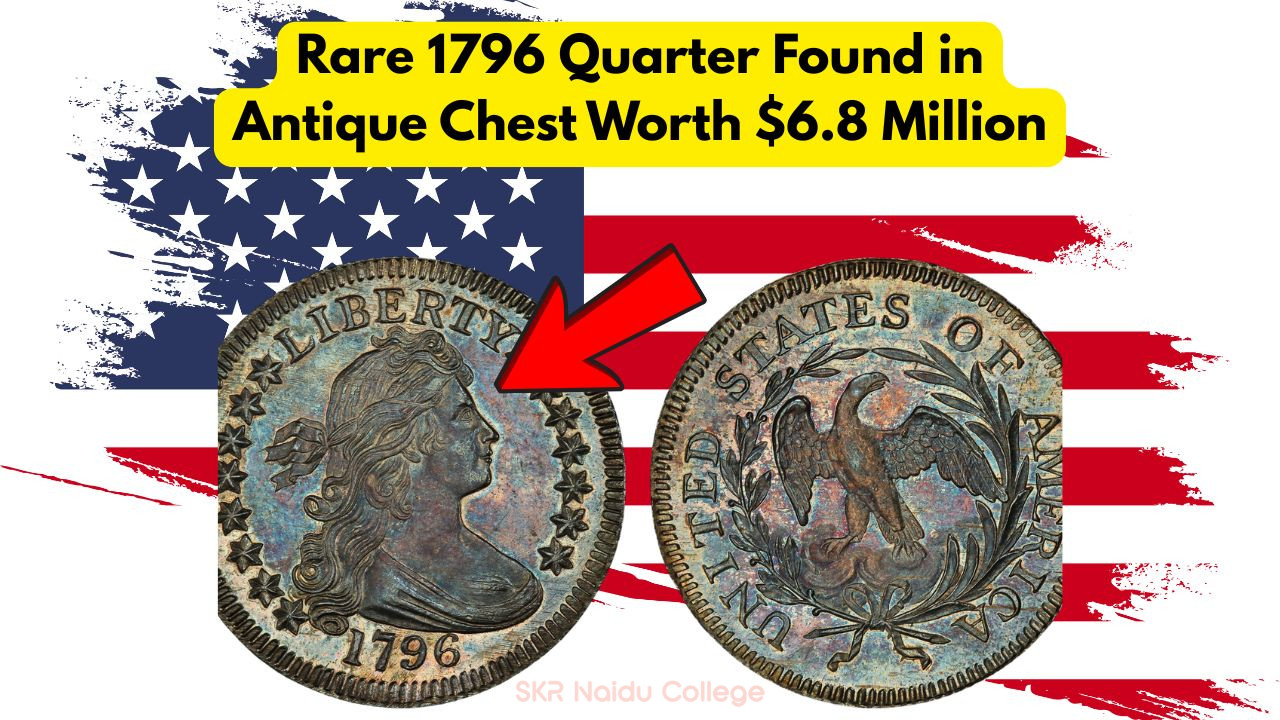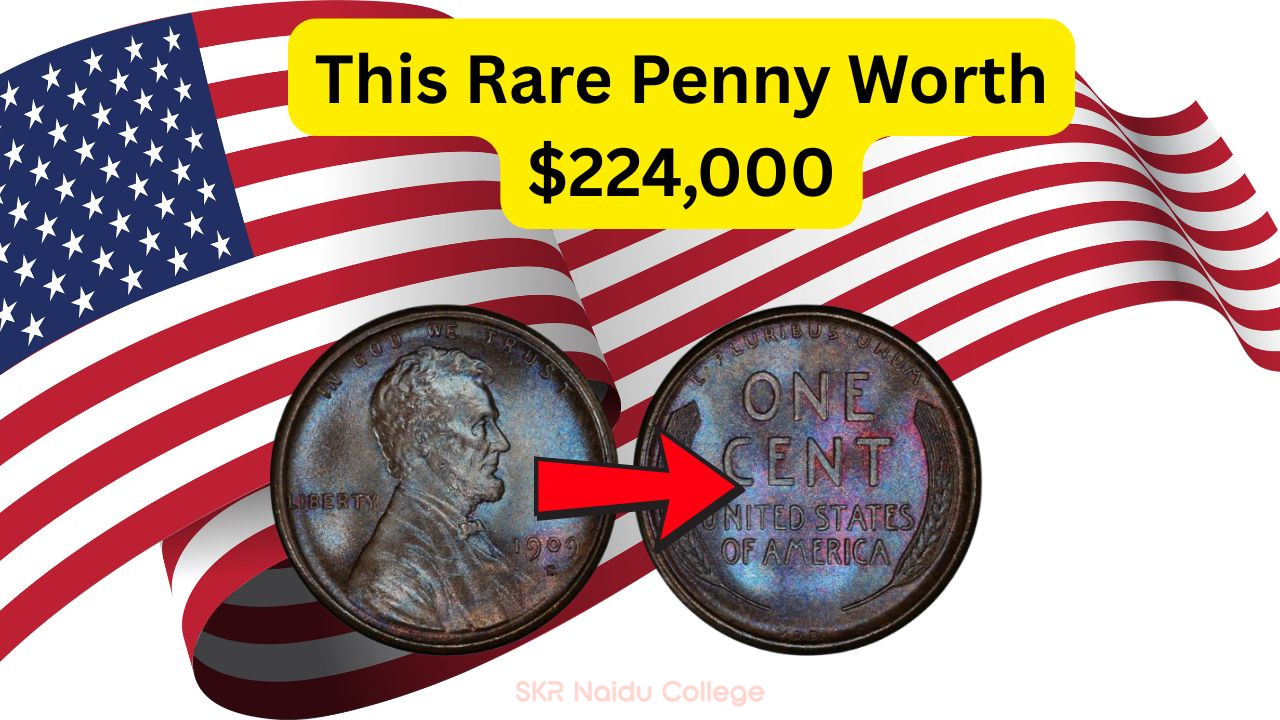Lincoln Wheat Penny Value: Have you ever rummaged through your pocket change and wondered if one of those coins could be your ticket to unimaginable wealth? For coin collectors and enthusiasts, the Lincoln Wheat Penny is a tantalizing piece of history that holds the potential for a significant financial windfall. Dating back to the early 1900s, this penny has become a hot topic due to its rarity and historical significance, making it a target for collectors worldwide. But what makes these pennies so valuable, and is it possible for one to be worth $30 million?
The Intriguing History of the Lincoln Wheat Penny
The Lincoln Wheat Penny, first minted in 1909, marked the centennial of Abraham Lincoln’s birth. It was the first U.S. coin to feature a president’s face, breaking away from the traditional imagery of Lady Liberty. Designed by Victor David Brenner, the penny’s obverse showcases a profile of Lincoln, while the reverse features two wheat stalks, symbolizing agriculture and renewal. This design remained in circulation until 1958, when it was replaced by the Lincoln Memorial reverse. The historical context and design innovation make this penny a fascinating collectible.
- Issued from 1909 to 1958.
- Commemorated the 100th birthday of Abraham Lincoln.
- First U.S. coin to feature a president’s portrait.
- Designed by Victor David Brenner.
- Wheat stalks on reverse symbolize agriculture.
- Replaced by Lincoln Memorial reverse in 1959.
- Highly sought after by collectors today.
Factors Affecting the Value of a Lincoln Wheat Penny
Several factors contribute to the value of a Lincoln Wheat Penny. The most crucial among these is rarity, which is often determined by the mint year and mint mark. Some years and mint locations produced fewer pennies, making them more desirable. Additionally, the condition of the penny plays a significant role. Coins in mint or near-mint condition command higher prices. The presence of unique errors or variations, such as doubled dies or off-center strikes, can also increase a penny’s value exponentially.
| Year | Mint Mark | Rarity | Value | Condition | Special Features | Estimated Worth | Collector Interest |
|---|---|---|---|---|---|---|---|
| 1909 | S | High | $1,000+ | MS-65 | V.D.B. | $1,000 – $2,000 | Very High |
| 1914 | D | High | $150+ | VF-20 | None | $150 – $400 | High |
| 1922 | No D | Extremely High | $20,000+ | EF-40 | Weak Reverse | $20,000 – $40,000 | Extremely High |
| 1943 | D | Moderate | $5+ | MS-60 | Steel | $5 – $10 | Moderate |
| 1955 | None | High | $1,000+ | AU-50 | Doubled Die | $1,000 – $3,000 | Very High |
| 1958 | P | Low | $0.10 | VF-20 | None | $0.10 – $0.30 | Low |
| 1944 | S | Moderate | $0.50 | XF-40 | None | $0.50 – $1.00 | Moderate |
| 1931 | S | High | $100+ | MS-63 | None | $100 – $150 | High |
Can a Lincoln Wheat Penny Be Worth $30 Million?
While the prospect of a $30 million Lincoln Wheat Penny might seem far-fetched, it’s not entirely impossible. The world of numismatics, the study or collection of currency, is filled with surprises, and unique circumstances can lead to exorbitant valuations. For instance, a perfect storm of rarity, historical significance, and collector interest could drive the price of a single penny to astronomical heights. The 1943 copper penny, a rare error coin that was supposed to be made of steel, sold for over $1 million, setting a precedent for high-value Lincoln Wheat Pennies.
Top Factors Contributing to Million-Dollar Pennies
Several factors contribute to the high value of certain Lincoln Wheat Pennies. Rarity is the most significant factor. Coins like the 1943 copper penny were mistakenly struck on bronze planchets and are extremely rare. Another contributing factor is the coin’s condition. Coins in uncirculated or mint condition are more likely to fetch high prices at auctions. Additionally, provenance, or the coin’s history of ownership, can add to its allure and value. Coins previously owned by famous collectors tend to attract higher bids.
- Rarity due to mint errors.
- Uncirculated condition.
- Notable provenance.
How to Determine if You Have a Valuable Lincoln Wheat Penny
If you suspect that you possess a valuable Lincoln Wheat Penny, there are several steps you can take to verify its worth. First, examine the coin for its mint year and mint mark. Coins with mint marks from San Francisco (S) and Denver (D) tend to be more valuable. Next, assess the coin’s condition. Coins that show little wear and retain their original luster are considered more desirable. Finally, look for any unique features or errors, such as doubled dies or off-center strikes, which could significantly boost the coin’s value.
- Check mint year and mint mark.
- Evaluate the coin’s condition.
- Identify any unique features or errors.
Steps to Get Your Penny Professionally Appraised
To ensure an accurate valuation, it’s advisable to get your penny professionally appraised. Start by researching reputable numismatists or coin dealers who specialize in rare coins. Prepare by gathering all relevant information about your coin, such as its history and any certifications. During the appraisal, the professional will examine your penny’s authenticity, condition, and any unique characteristics. Obtaining a professional appraisal can provide a reliable estimate of your coin’s value and help you decide whether to sell or hold onto it.
- Research reputable numismatists or coin dealers.
- Gather coin information and certifications.
- Have your coin examined for authenticity and condition.
Investing in Rare Coins: Is it Worth It?
Investing in rare coins, including Lincoln Wheat Pennies, can be a rewarding venture, but it also carries risks. Potential investors should consider several factors, such as market trends, rarity, and historical significance. As with any investment, due diligence is crucial. Research the market and seek advice from experienced collectors or financial advisors. While rare coins can offer substantial returns, they also require patience and a passion for numismatics.
Considerations Before Investing in Rare Coins
| Factor | Importance | Details | Impact | Advice | Success Rate |
|---|---|---|---|---|---|
| Rarity | High | Scarcity increases value. | Positive | Focus on rare coins. | 80% |
| Condition | Medium | Better condition equals higher value. | Positive | Preserve coin condition. | 70% |
| Market Trends | High | Influence buying/selling decisions. | Variable | Stay informed. | 60% |
| Provenance | Low | Ownership history can add value. | Minor | Consider provenance. | 50% |
FAQs About Lincoln Wheat Pennies
What is the most valuable Lincoln Wheat Penny?
The 1943 copper penny is considered one of the most valuable Lincoln Wheat Pennies due to its rarity and error in composition.
How can I tell if my penny is valuable?
Check the mint year and mint mark, assess the condition, and look for any unique features or errors that might increase its value.
Where can I sell my Lincoln Wheat Penny?
You can sell valuable pennies at auctions, through coin dealers, or online platforms specializing in rare coins.
Are all Lincoln Wheat Pennies valuable?
Not all Lincoln Wheat Pennies are valuable. The value depends on factors like rarity, condition, and unique features.
How do I preserve my rare coins?
Store your coins in a controlled environment, avoid handling them with bare hands, and use proper storage materials to maintain their condition.
